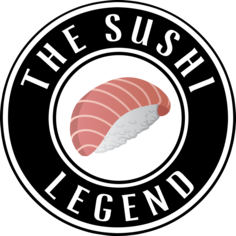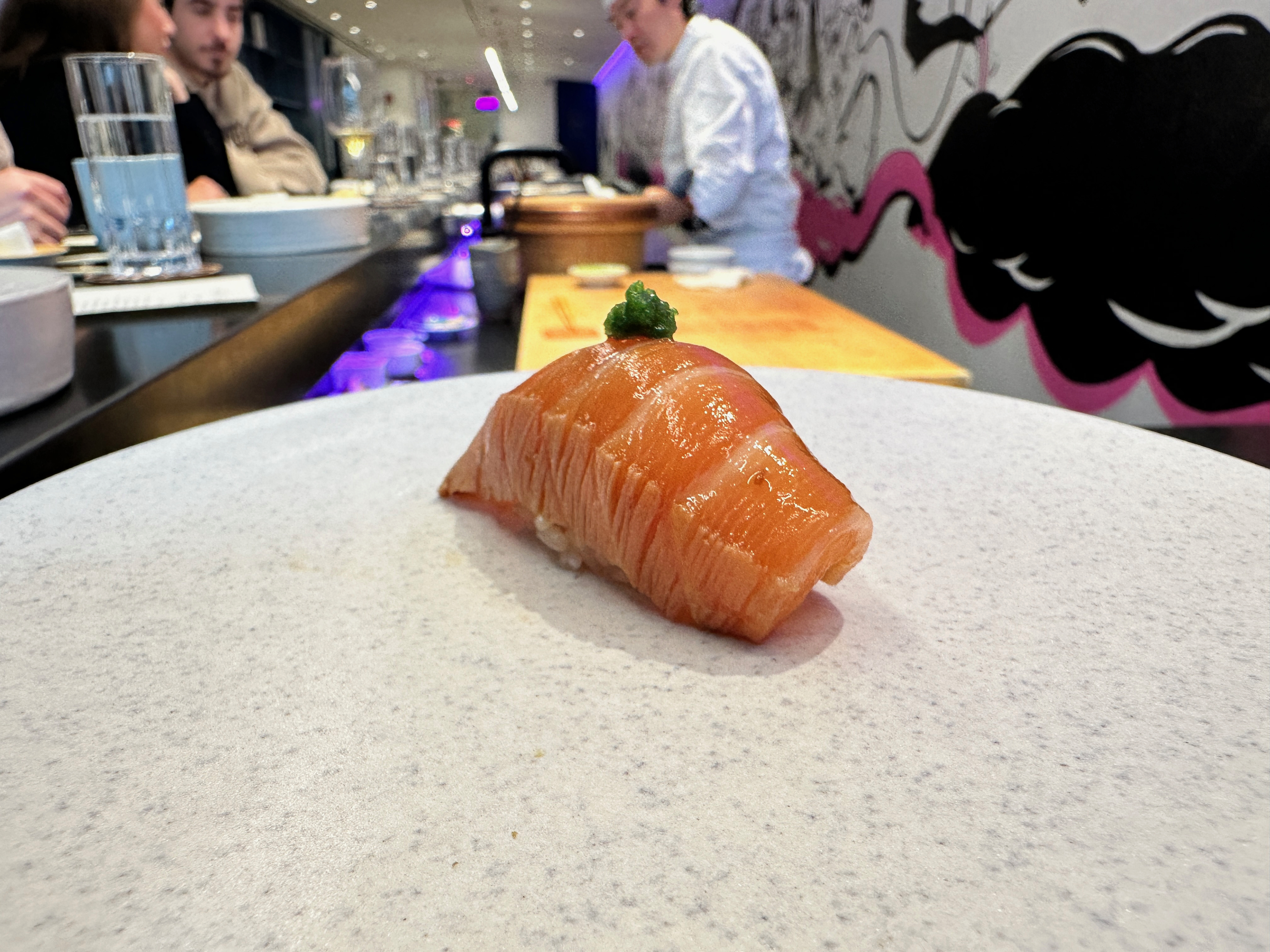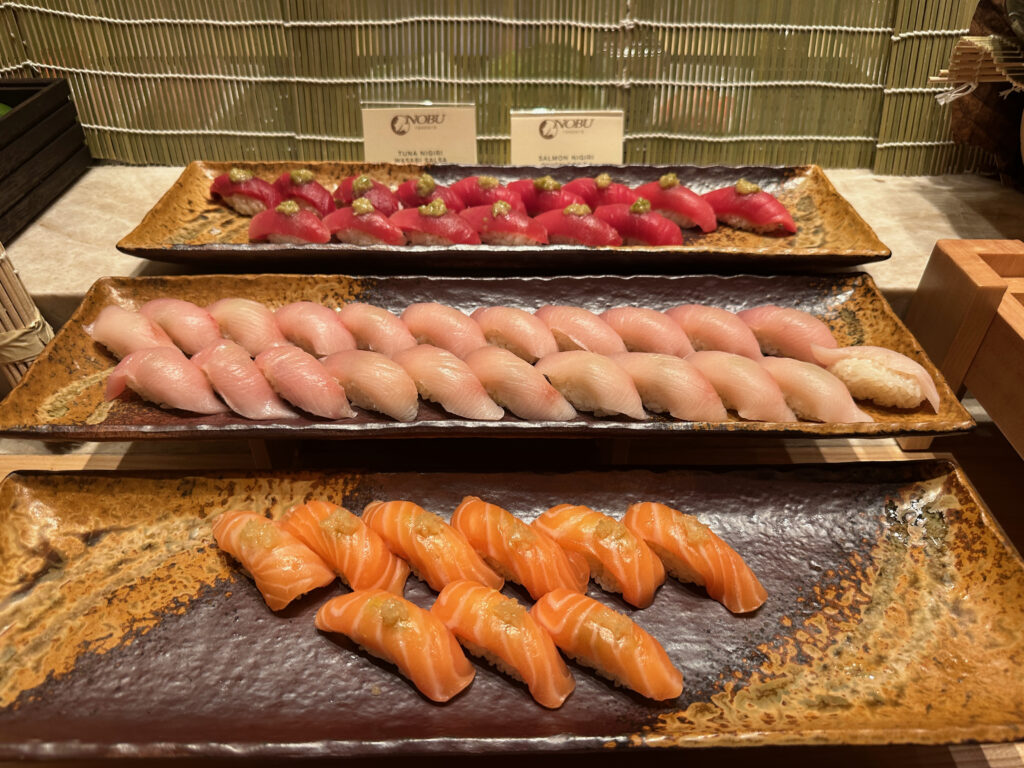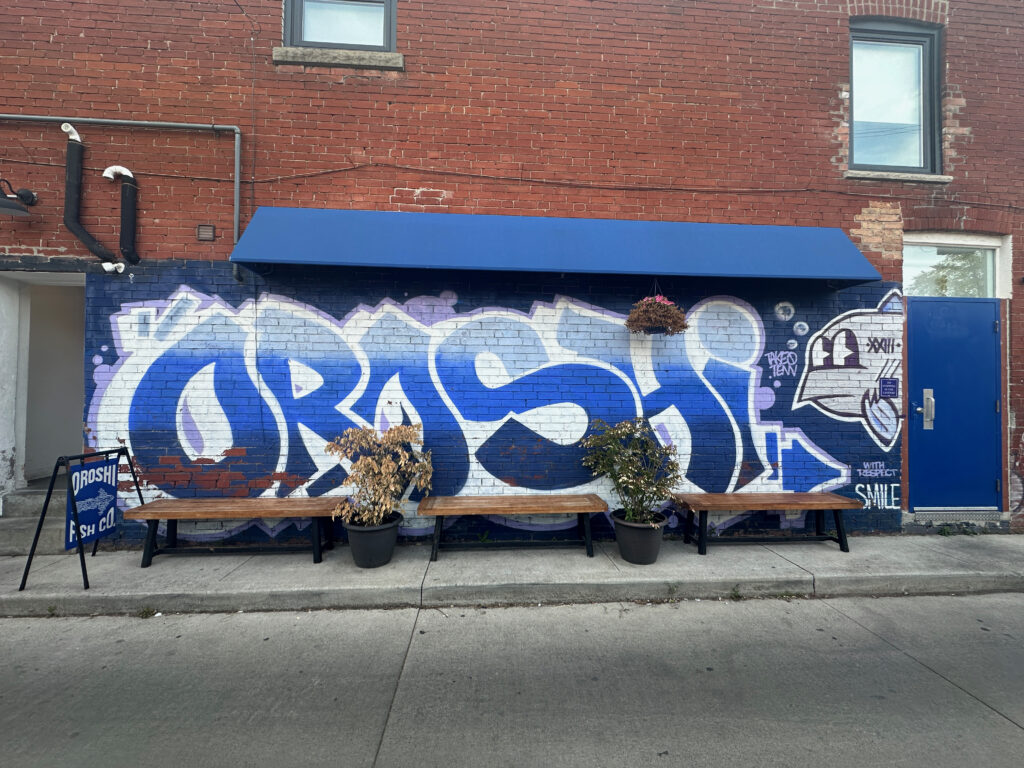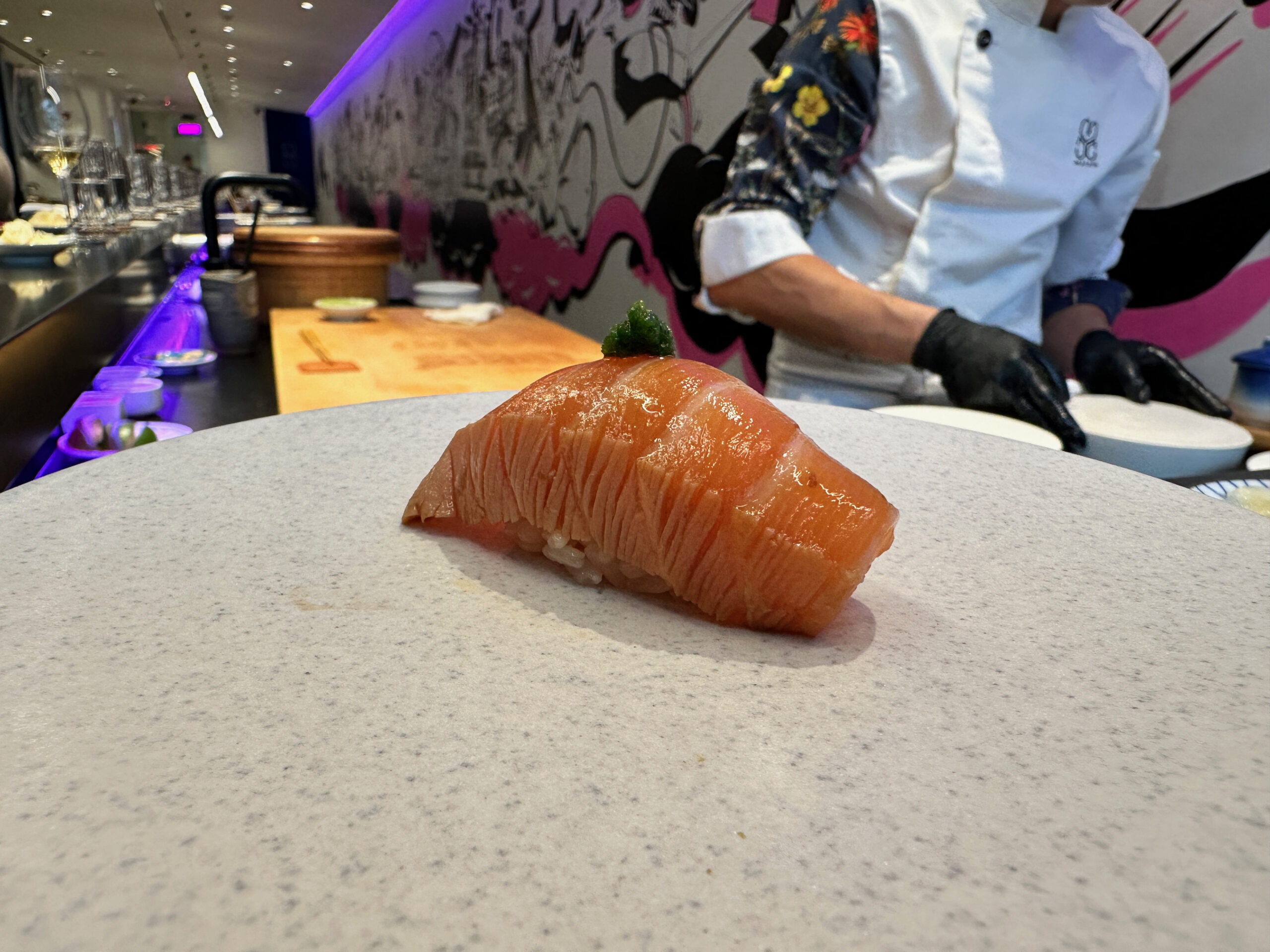 What separates the mediocre bloggers from the legendary ones?
What separates the mediocre bloggers from the legendary ones?
I’ll leave the definitive answer to the fine people at the James Beard Foundation (they give awards for that right?), but let me posit one idea.
Last week, I flew to Toronto for a family celebration. Or at least that’s what I told my family. The truth is that I was elbows deep in a sushi investigation not even the grand dame Jessica Fletcher could solve.
I arrived for lunch and quickly found what I was looking for
There it was. Staring at me like some shining beacon of sushi shit upon a hill. 8 courses down. .
Chawanmushi Sushi.
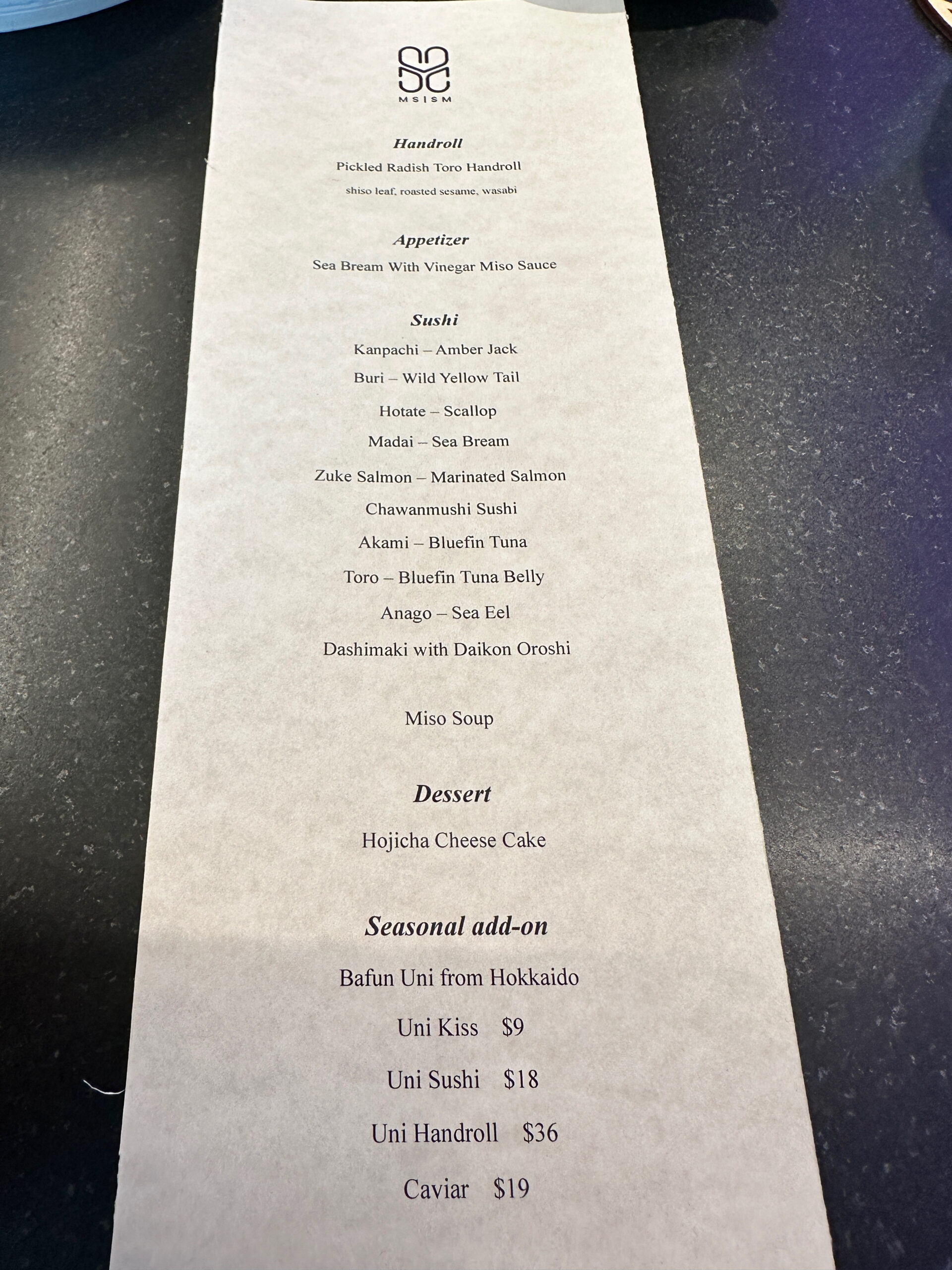
MSSM serves something called Chawanmushi Sushi and I was very confused
What on earth is Chawanmushi Sushi?
I first heard about this bizarre dish when a Toronto friend told me about MSSM, a new sushiya on the second floor of a Yorkville townhome. MSSM is the brainchild of Masaki Saito, the renowned itamae. Saito-san made his name at New York’s Sushi Ginza Onodera (I reviewed it in 2016 here), before opening his eponymous sushiya, Sushi Masaki Saito, in Toronto. The latter is one of the best sushiya on the continent (I reviewed it in 2022 here).
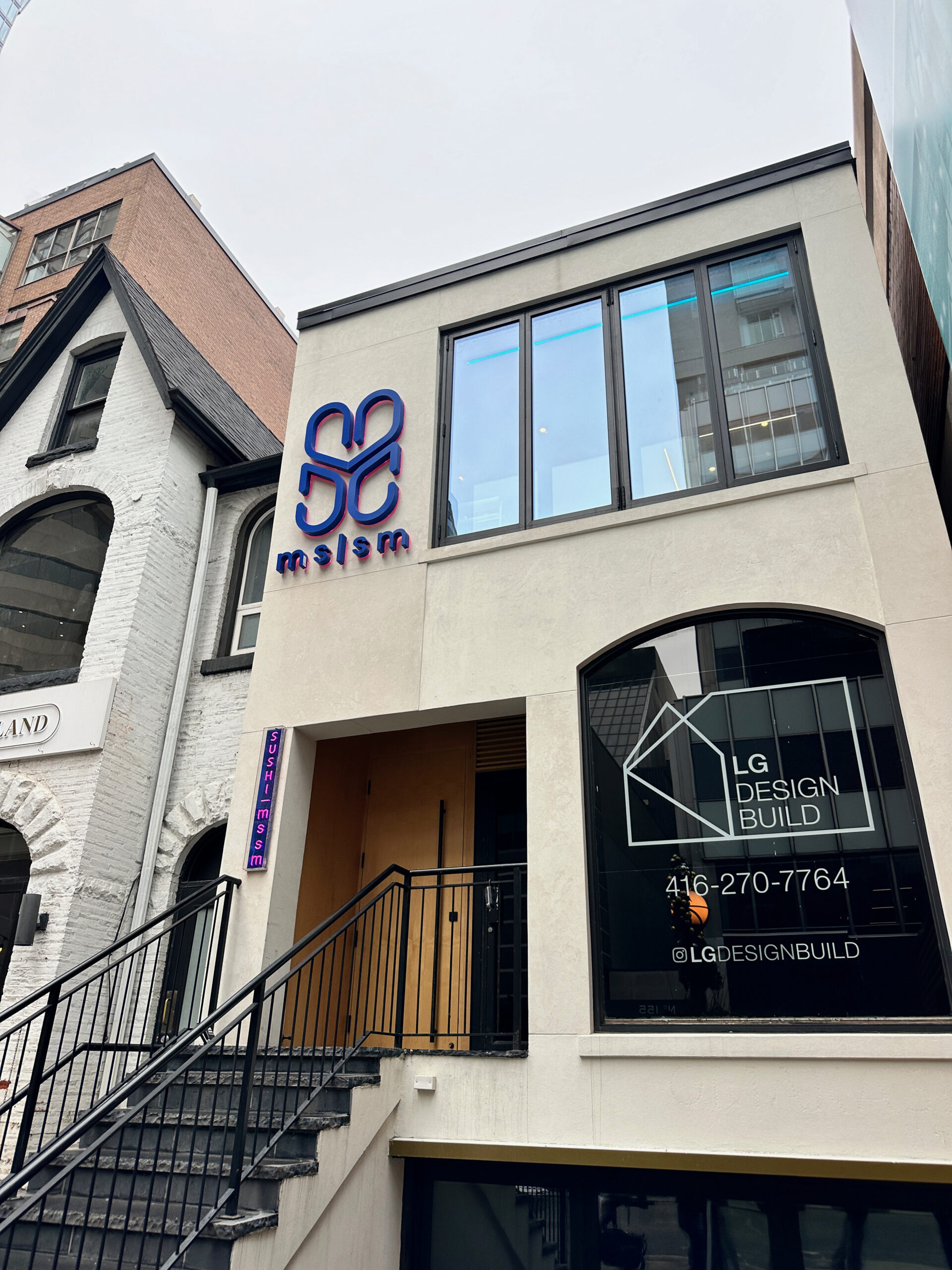
MSSM is the brainchild of Masaki Saito
His reason d’etre (I have been waiting to use that phrase for 13 years)
As Saito puts it, opening MSSM is a way to both teach the next generation and educate the broader public on Edomae sushi at a more accessible price point. The Yorkville location is one of two in Toronto, with the third in Edmonton.
To say that Torontonians have fallen in love with MSSM would be an understatement. The Yorkville location has been open a year and there are 700 reviews on Google. The more reasonably priced Kaito Sushi – which is, in this humble addict’s opinion, also much better – has been open for 5 years and has 270 (I reviewed it here).
I chose lunch
It’s priced at a very reasonable $95 CAD (about $32 USD at this point), for 14 courses. Don’t expect variety; MSSM is a prototypical chalkboard omakase. They’re everywhere in New York, so much so that I developed a handy flowchart.
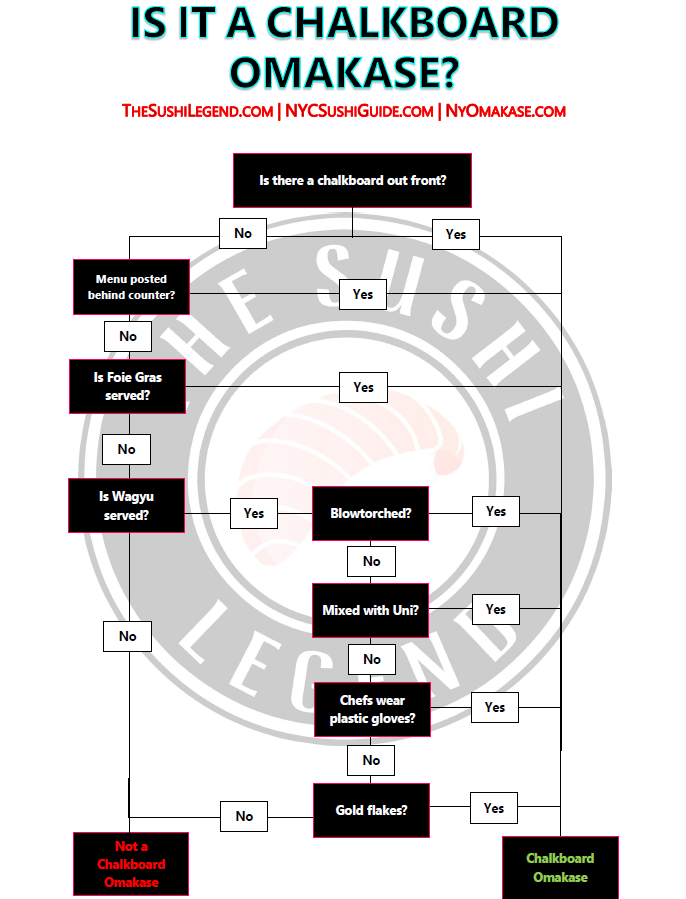
Chalkboard Omakase
There’s also two small add-on menus.
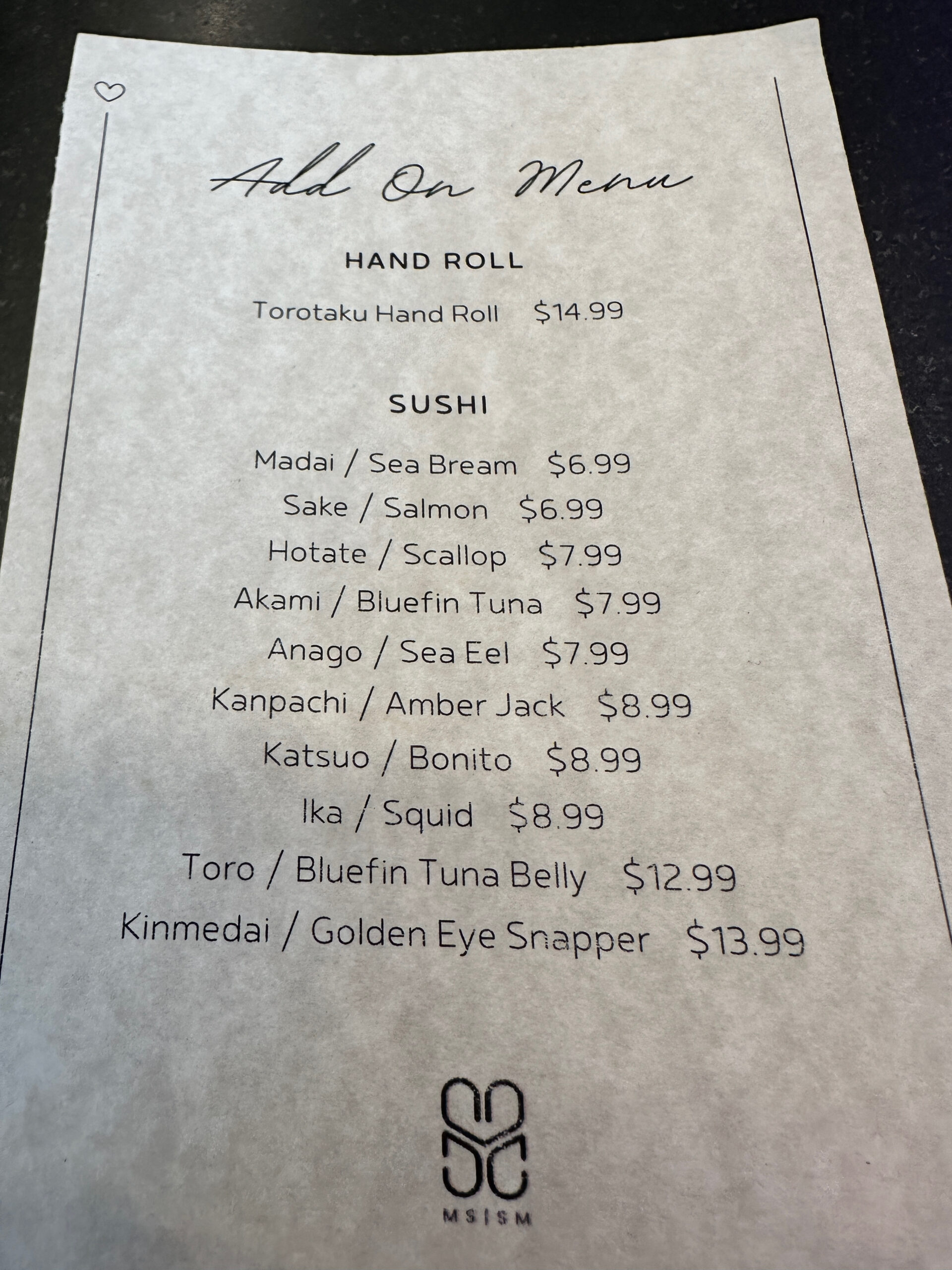
All change rarely. Ironically, they were printed incorrectly during our visit because certain fish weren’t available (their explanation) and they figured no one would notice (my guess).
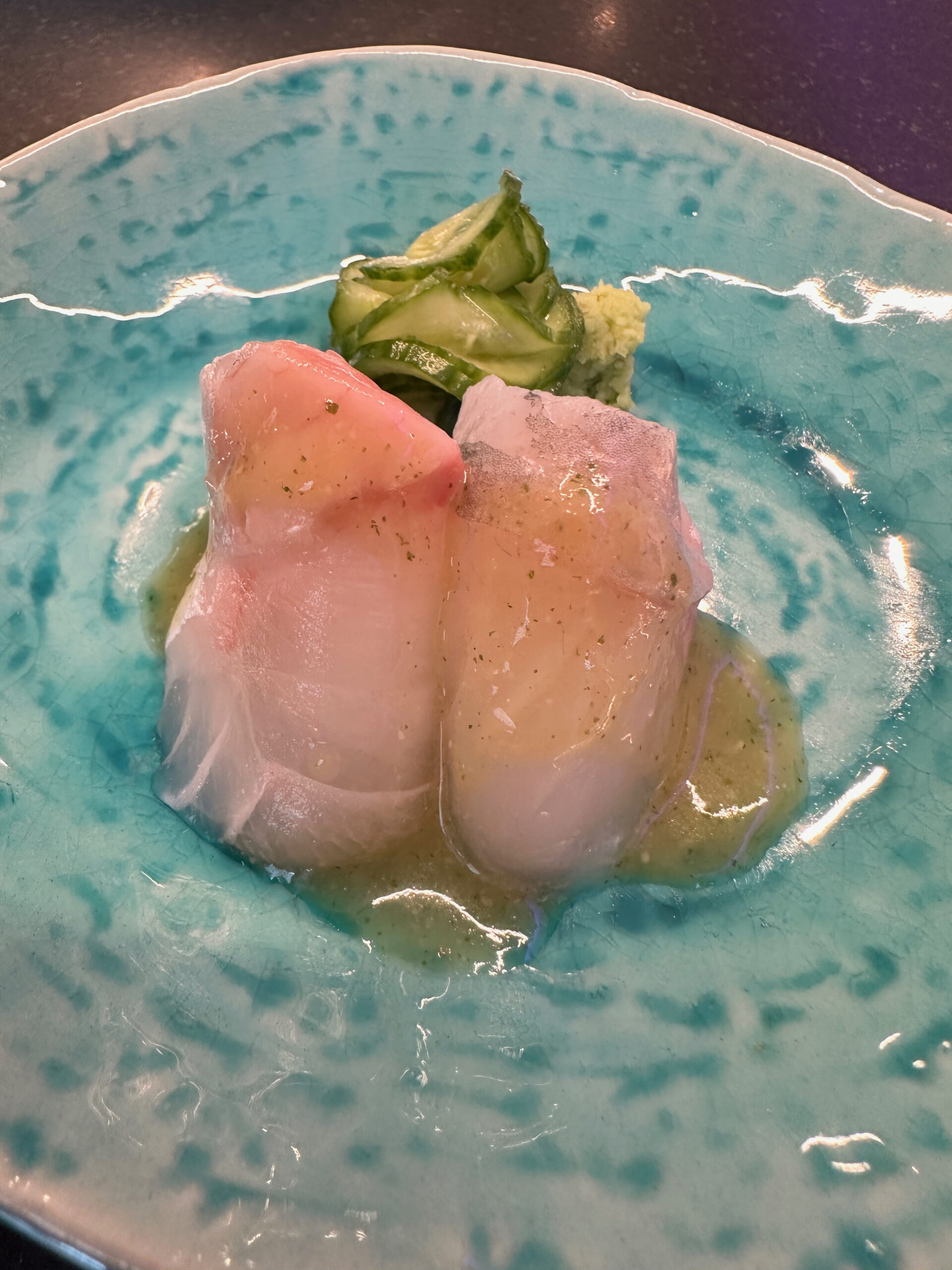
2. Sea Bream with Vinegar Miso Sauce, though let’s just say I was suspicious on the fish
Sea Bream?
For example, the meal started with “Sea Bream”, but let’s just say I wasn’t so sure. In fairness, I was distracted with anticipation for the Chawanmushi Sushi. They should have just served it to me off the jump and put me out of my misery, Old Yeller style.

3: Kanpachi

4: Buri
Highlight of the meal
MSSM is a cog in a culinary ecosystem. In addition to Sushi Masaki Saito, its owner, William Cheng, owns the excellent Shoushin, the lazily-named LSL and a few other spots (By the way, I read this Toronto Life profile of Cheng and it’s quite something). He also owned the since-shuttered but quite-revered, Tachi.
That all means access to better ingredients, evident with the Hotategai (scallop), pictured below. Not the most visually appealing version, but this neta (topping), layered with a light dash of nikiri, was excellent.
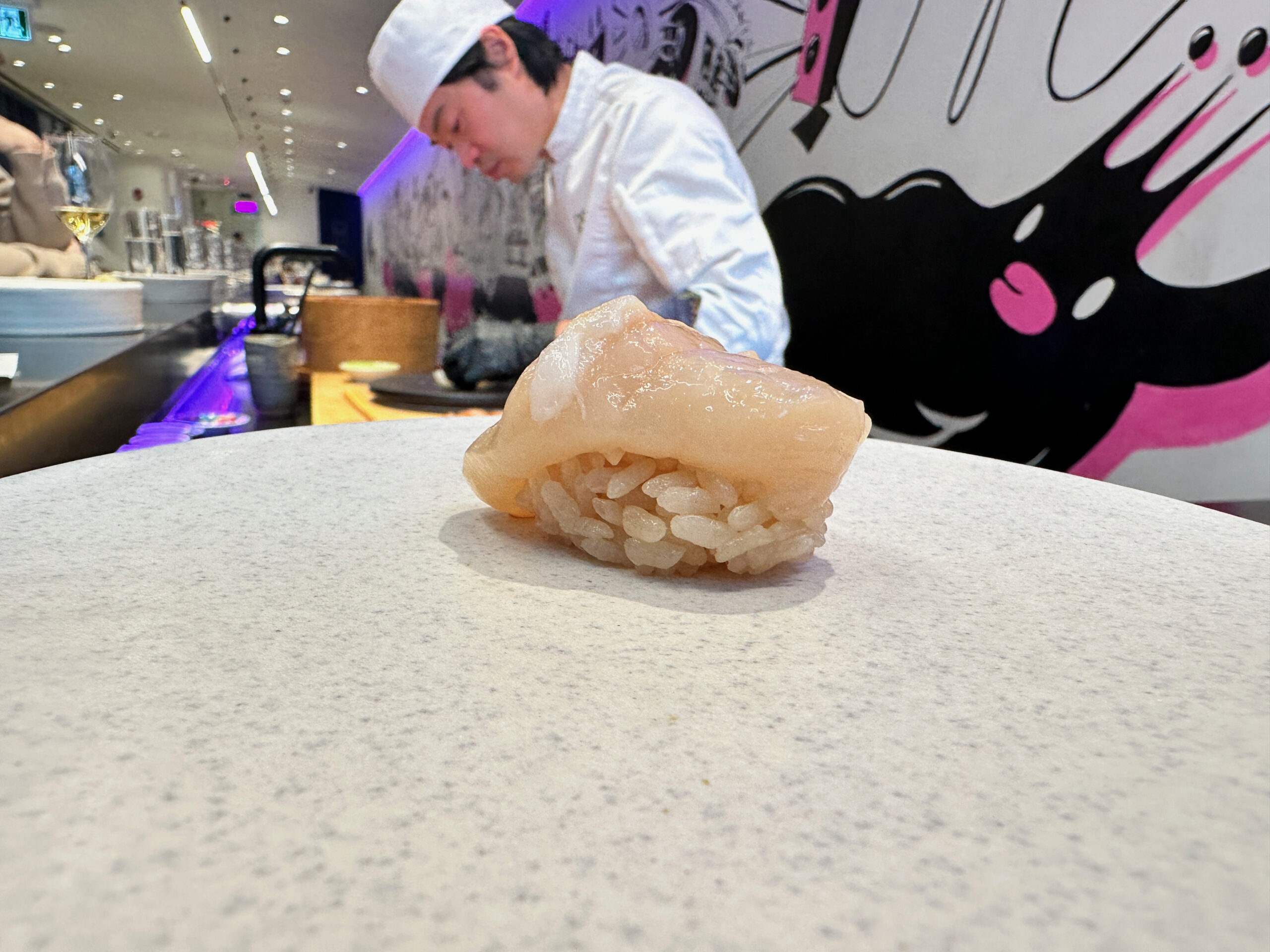
5: Hotategai
Crashing down to earth with the madai
Again, this was called Sea Bream/Madai on the menu. And like course 2 – especially without those accompaniments – I was suspicious. The chef – nice guy, didn’t get his name – acknowledged it was actually Kurodai (black sea bream).
Subbing Madai for Kurodai happens, usually when Madai is out of season in the summer.
But right now it’s negative 400 degrees in the dead of winter, and Madai is very much in season, so this shift was bizarre. As was the salt that topped it. Yes, shiromi (white-fleshed fish) are sometimes more delicate in their taste. But the salt masked whatever flavour it had.
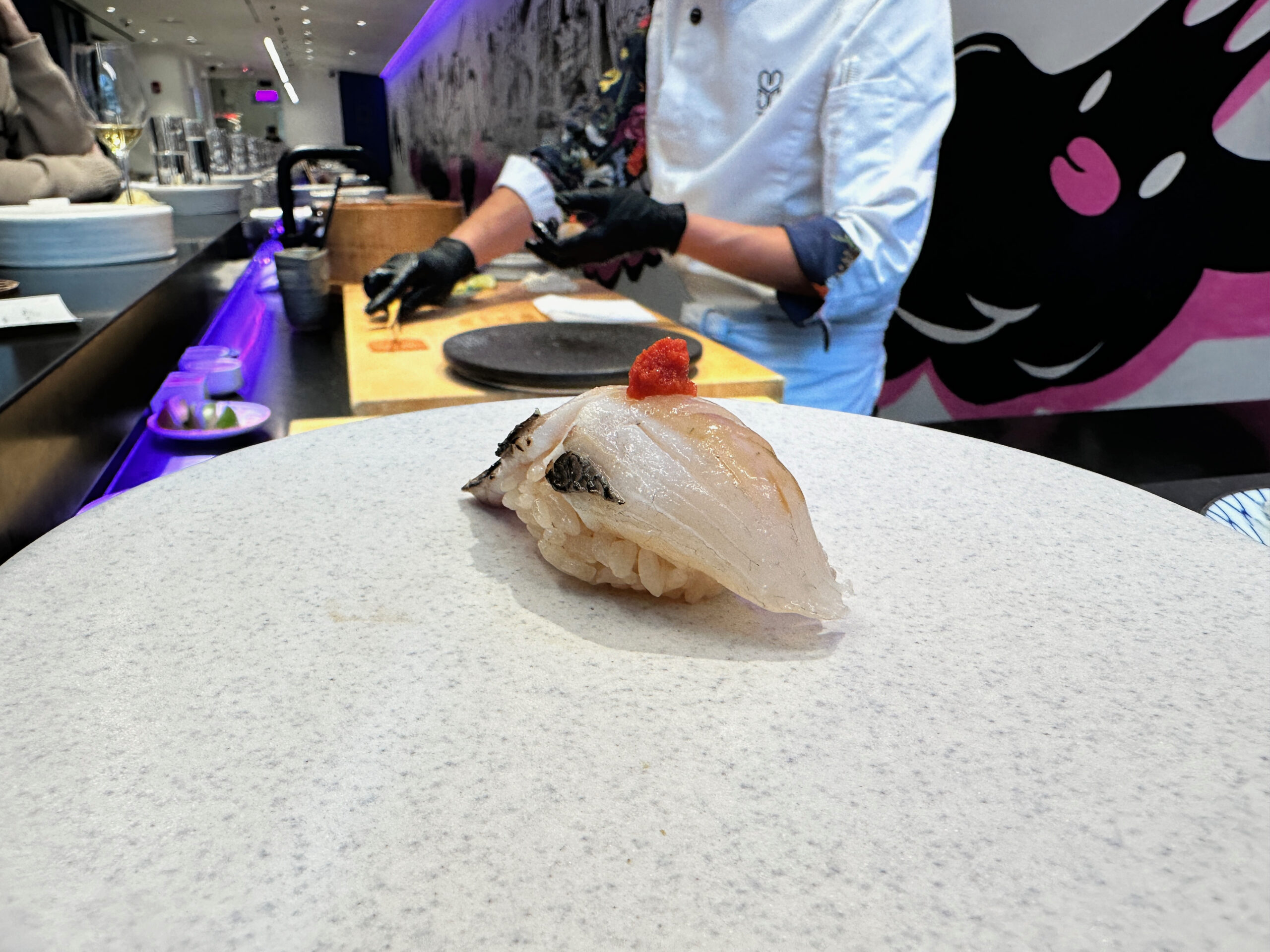
6: Labeled as Madai but actually Kurodai (black sea bream)
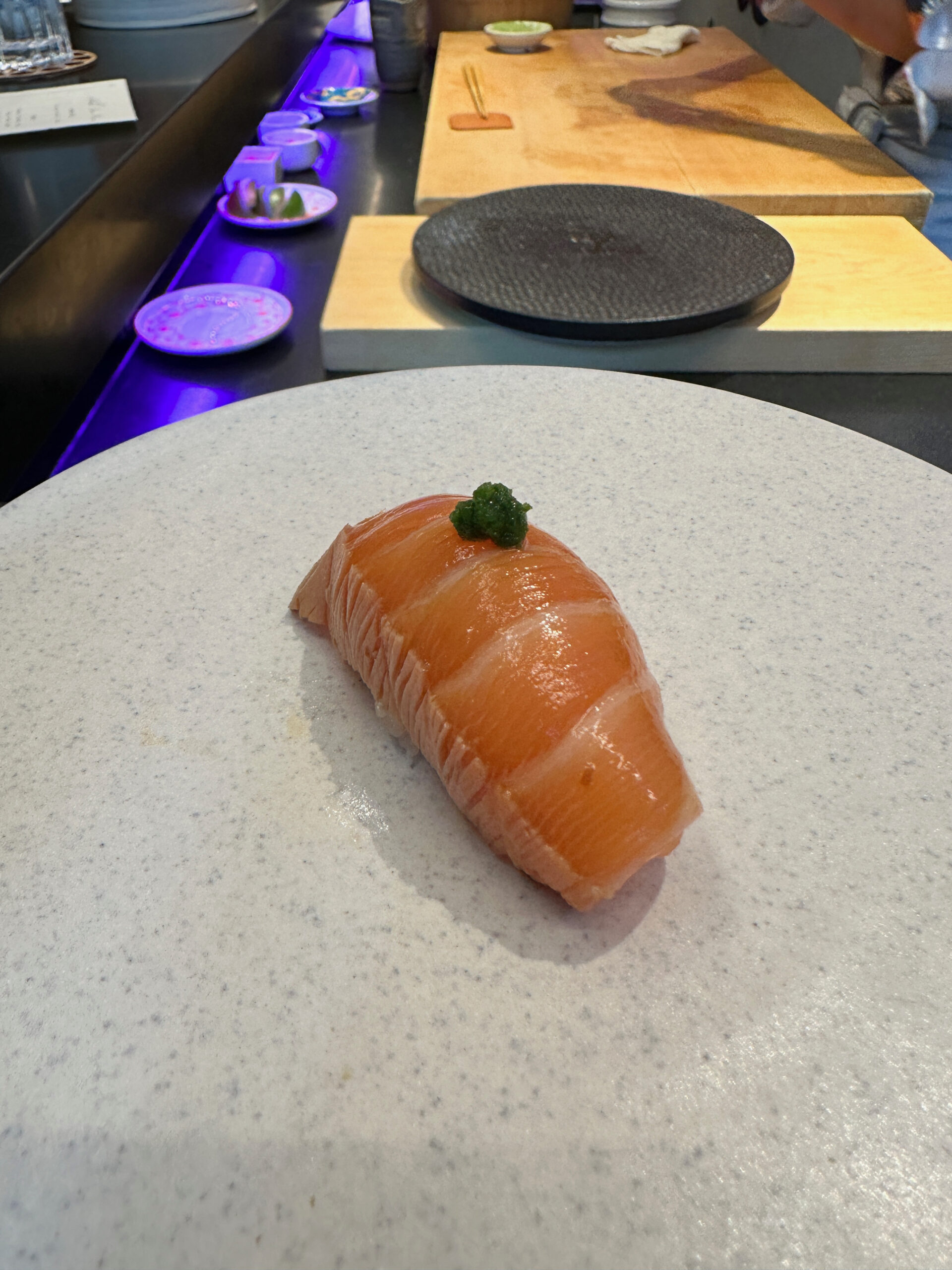
7: Zuke Salmon (Marinated salmon)
And finally the Chawanmushi Sushi arrives
My hopes were high. Nay, they were stratospheric. Chawanmushi…sushi? Would it be soft egg custard on a bed of vinegered rice, perfectly formed into nigiri? Or would its viscous nature require a border of nori, ergo a beautiful gunkanmaki?
It was neither.
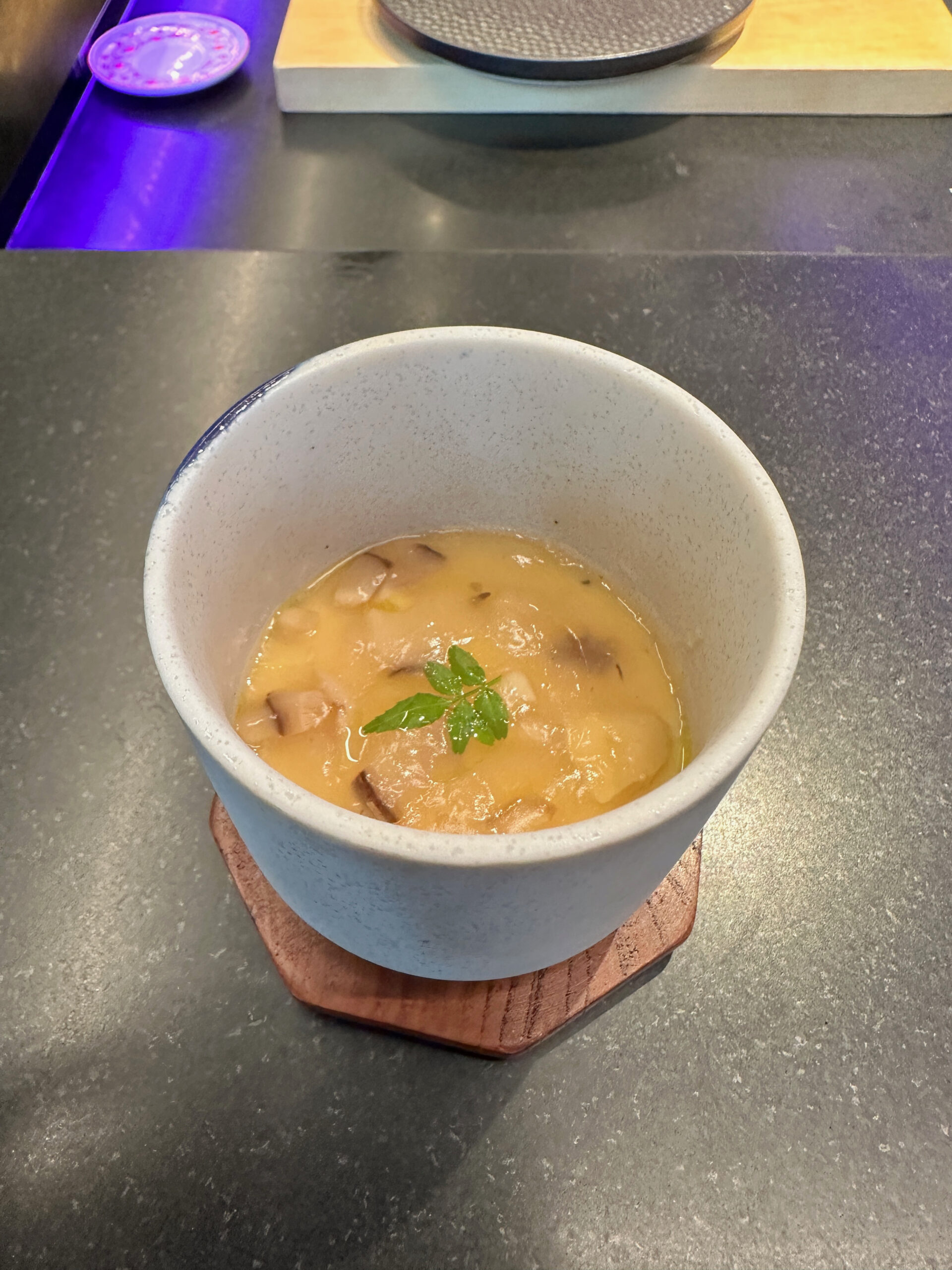
8: Chawanmushi Sushi, the most perplexing dish on the planet earth
It’s just Chawanmushi with some rice added in
Diners are told to eat half their Chawanmushi, at which point a ball of shari (sushi rice) is added.
If you’re wondering why rice can’t be added from the beginning, great question! My dining partner – with the bladder of Abe Simpson – took long enough in the bathroom that they did just that.
And so the disappointing conclusion to my detective work is that the chawanmushi sushi is just rice mixed with egg custard and truffle oil.
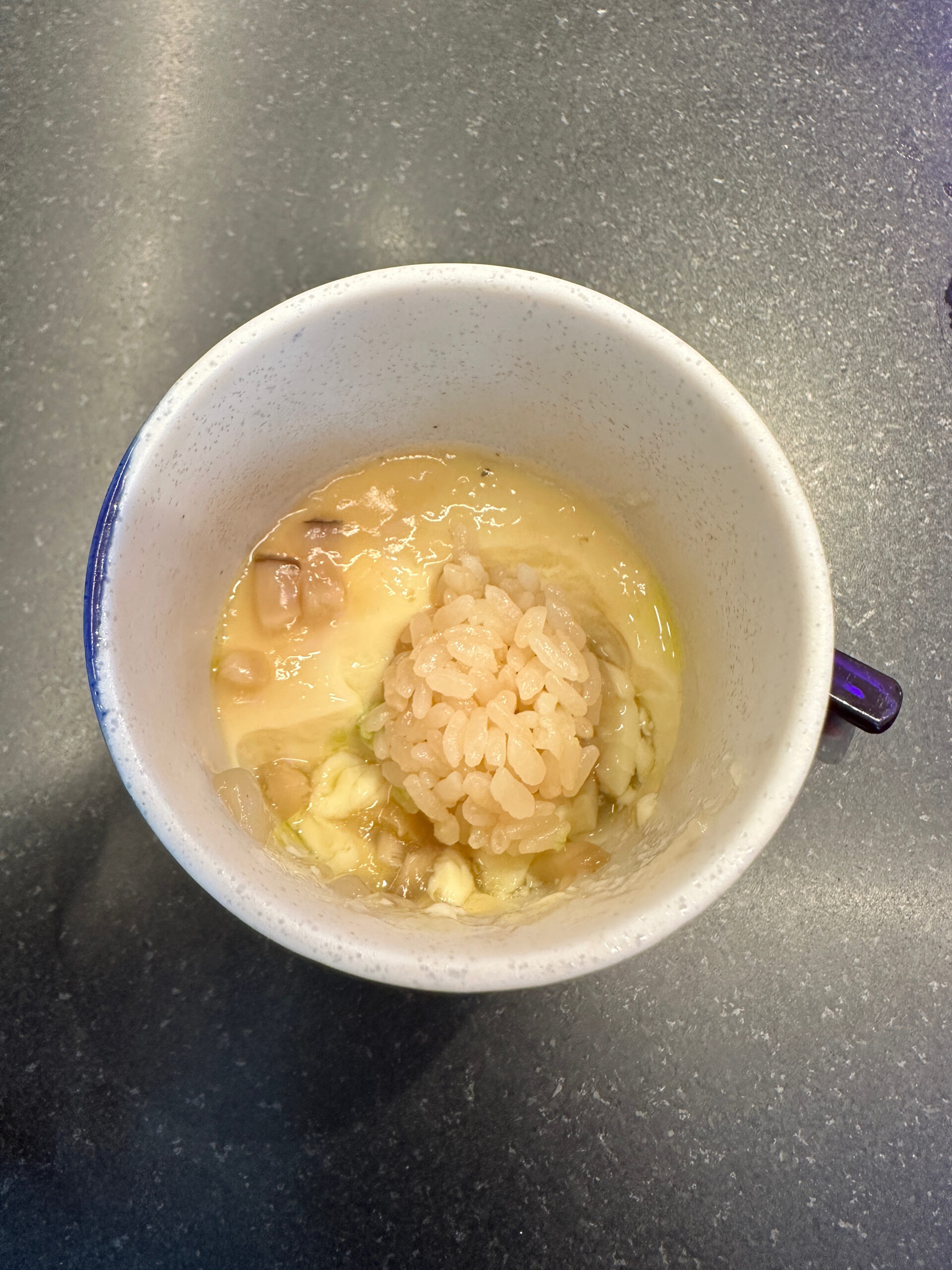
Chawanmushi “sushi” after the rice has been added
That ain’t sushi.
It’s jambalaya.
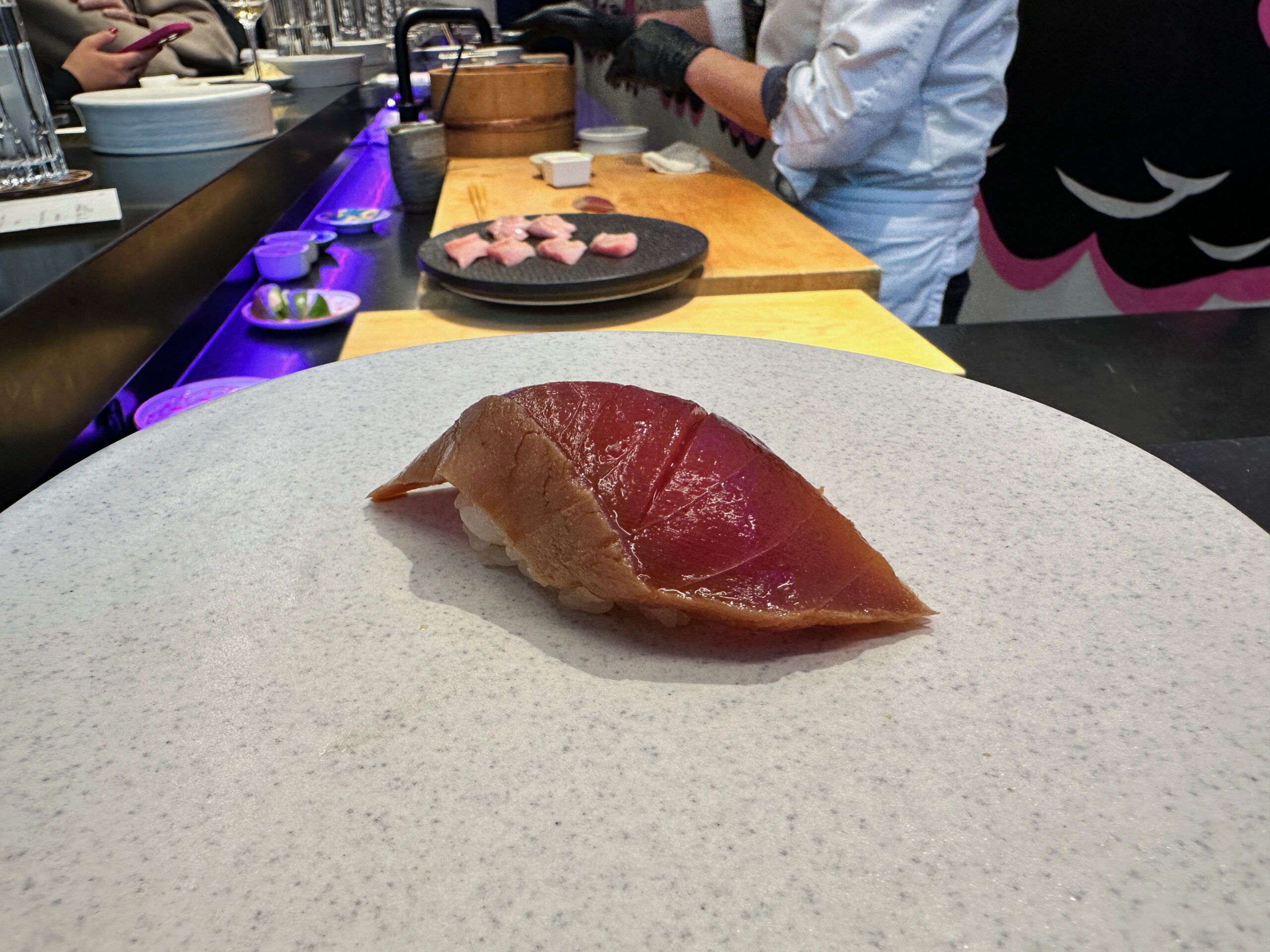
9: Zuke (labeled as Akami but this was marinated a few hours).
Enough with the blowtorching
The front page of this blog lays down the law on my love for sushi:
I love the harmony of the shari and neta, I love experiencing different interpretations, but most of all, I enjoy how difficult it is to fake.
Blowtorches are an easy way to mask shitty ingredients and technique. It’s a cheat code, and it’s also completely unnecessary. This is O Toro. It’s already teeming with fat.
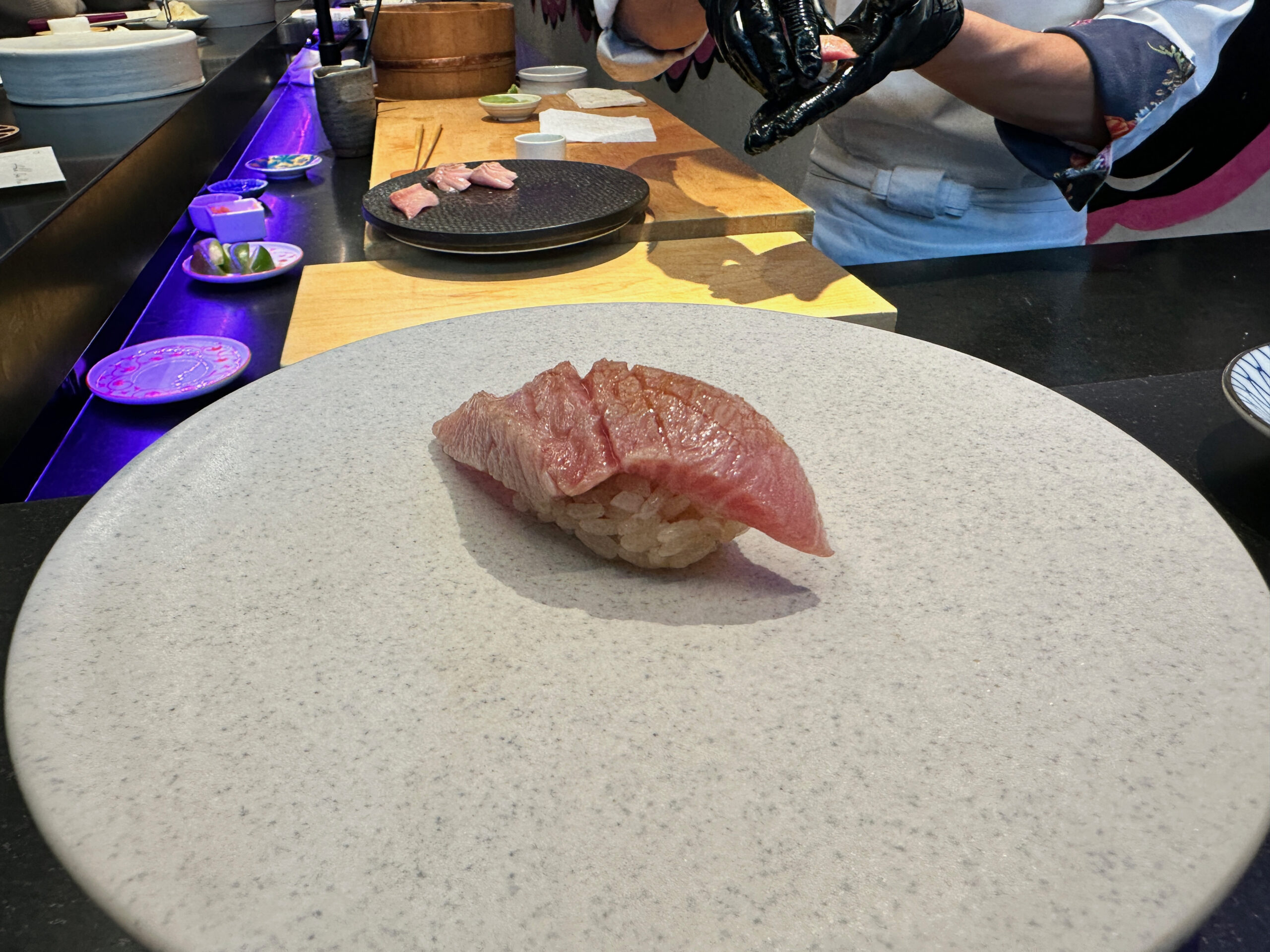
9: “Toro” (likely O Toro but hard to know when they take a flamethrower to it)
IT DOES NOT NEED A HINT OF BUTANE.
The “Toro” course is one of three (four if you count add-ons) that get the blowtorch treatment.
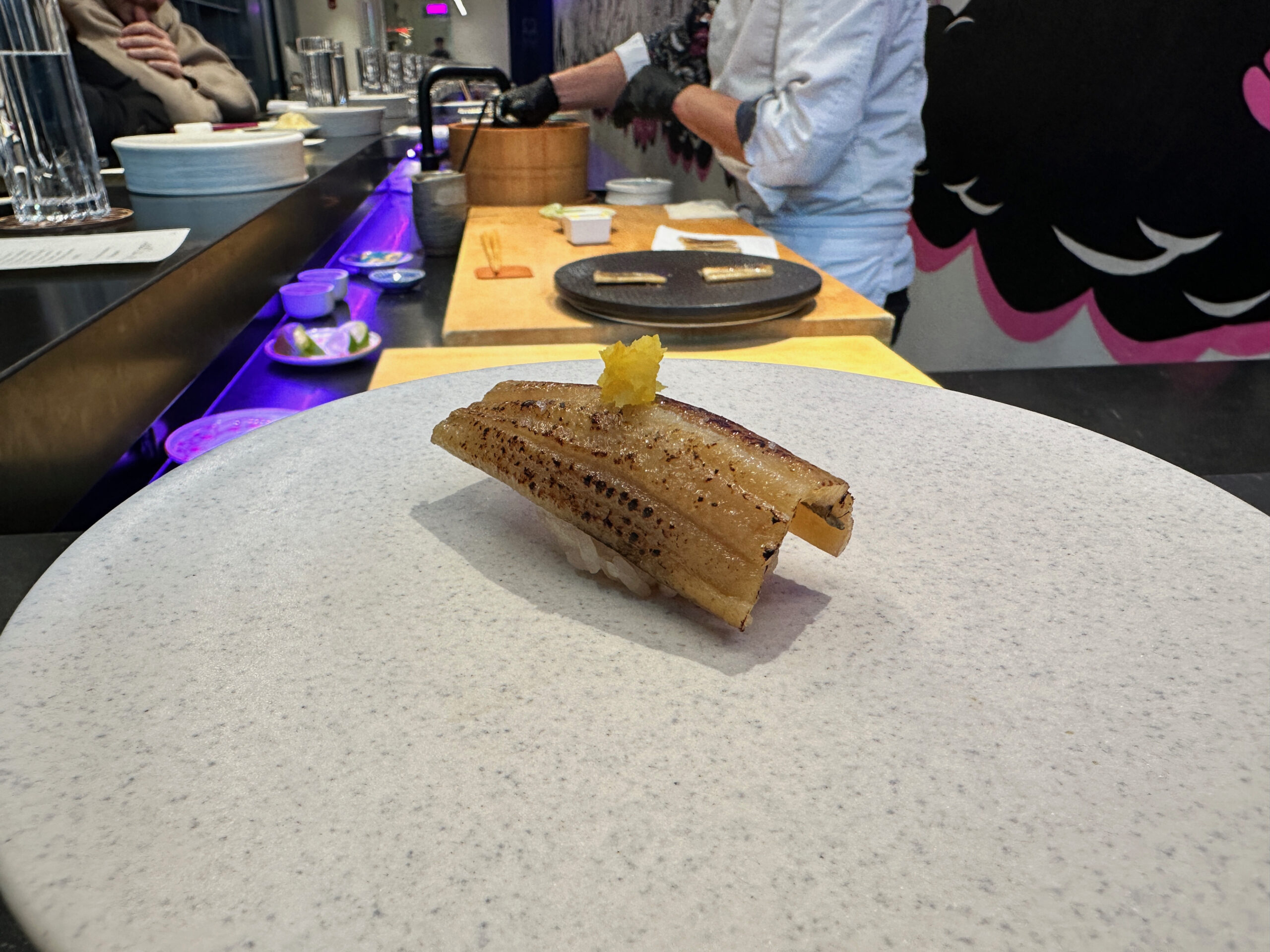
11: Anago (also with the blowtorch)
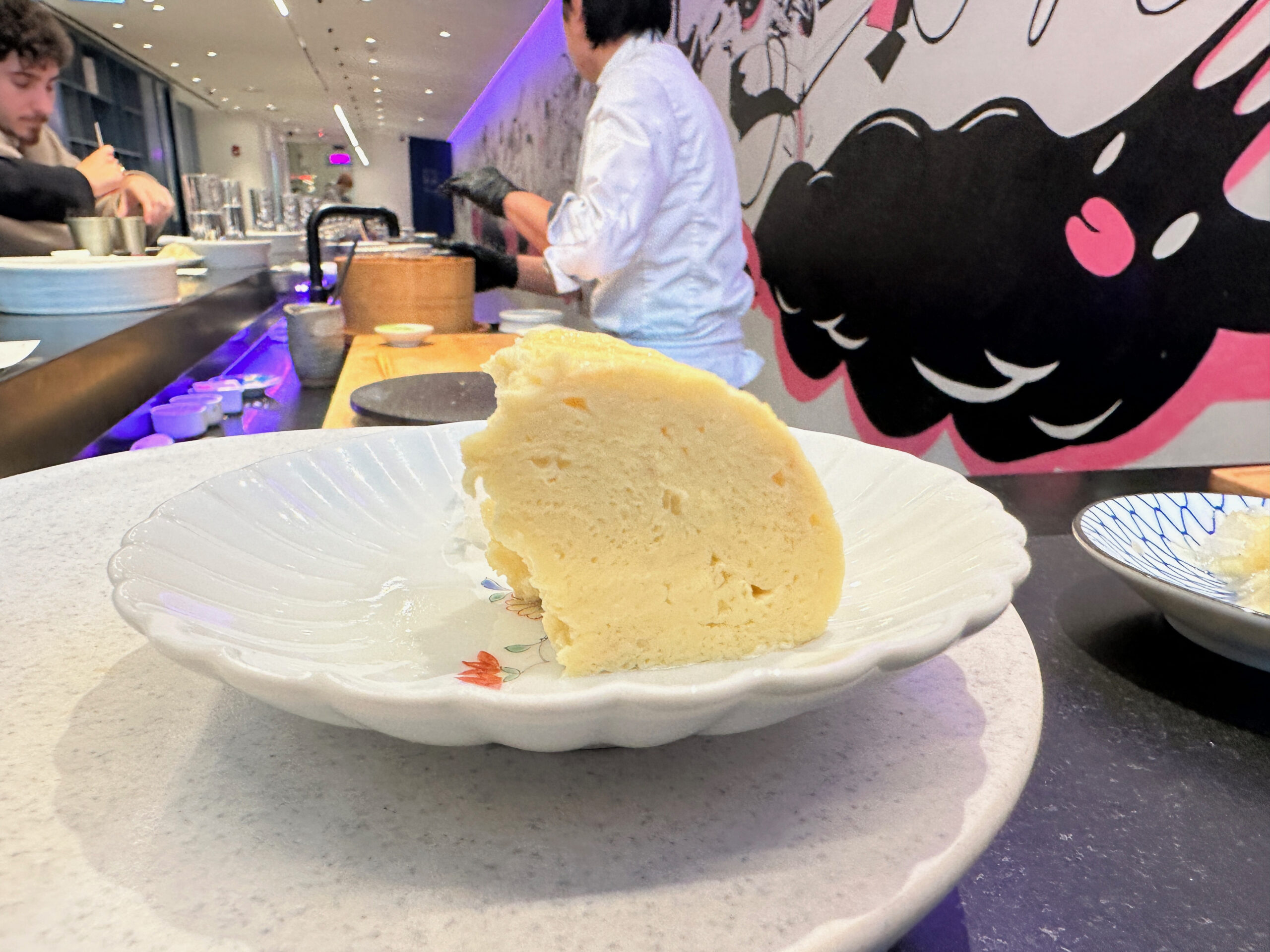
12: Dashimaki with Daikon Oroshi (Kyoto style Tamagoyaki)
The times are absurd
I’m told MSSM gets busy at dinner time. Great. But for a weekend lunch, the 400 foot counter was empty. They stuck us at one end, understandable for operational reasons. Less understandable? Requiring people to lock one of two times – 11am or 12:30pm – because the meal is a wildly long 90 minutes. There’s 14 courses, including two soup/soup presenting, a dessert and everything else uncooked. We should have been done in a tidy 45 minutes.
But the meal stretches. Partly because the rice guy has to walk a mile down the counter to deliver rice every 20 minutes. He’s that little speck in the bottom left of this picture.
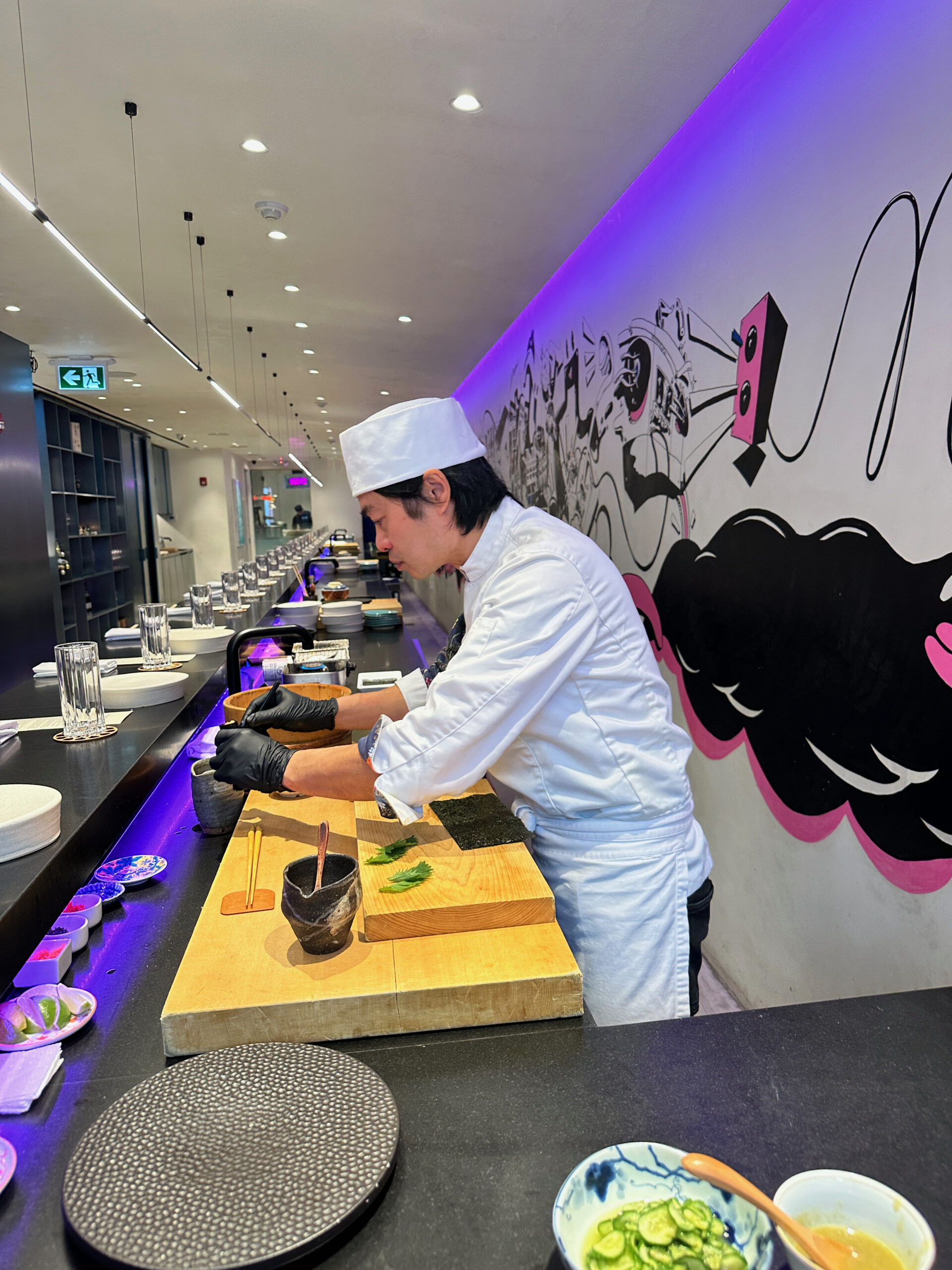
This is a long, long counter especially when there’s only four customers
And partly because of operational issues. We waited 20 minutes for our bill because the other two customers supposedly had 45% (!) in gratuity incorrectly added to their check.
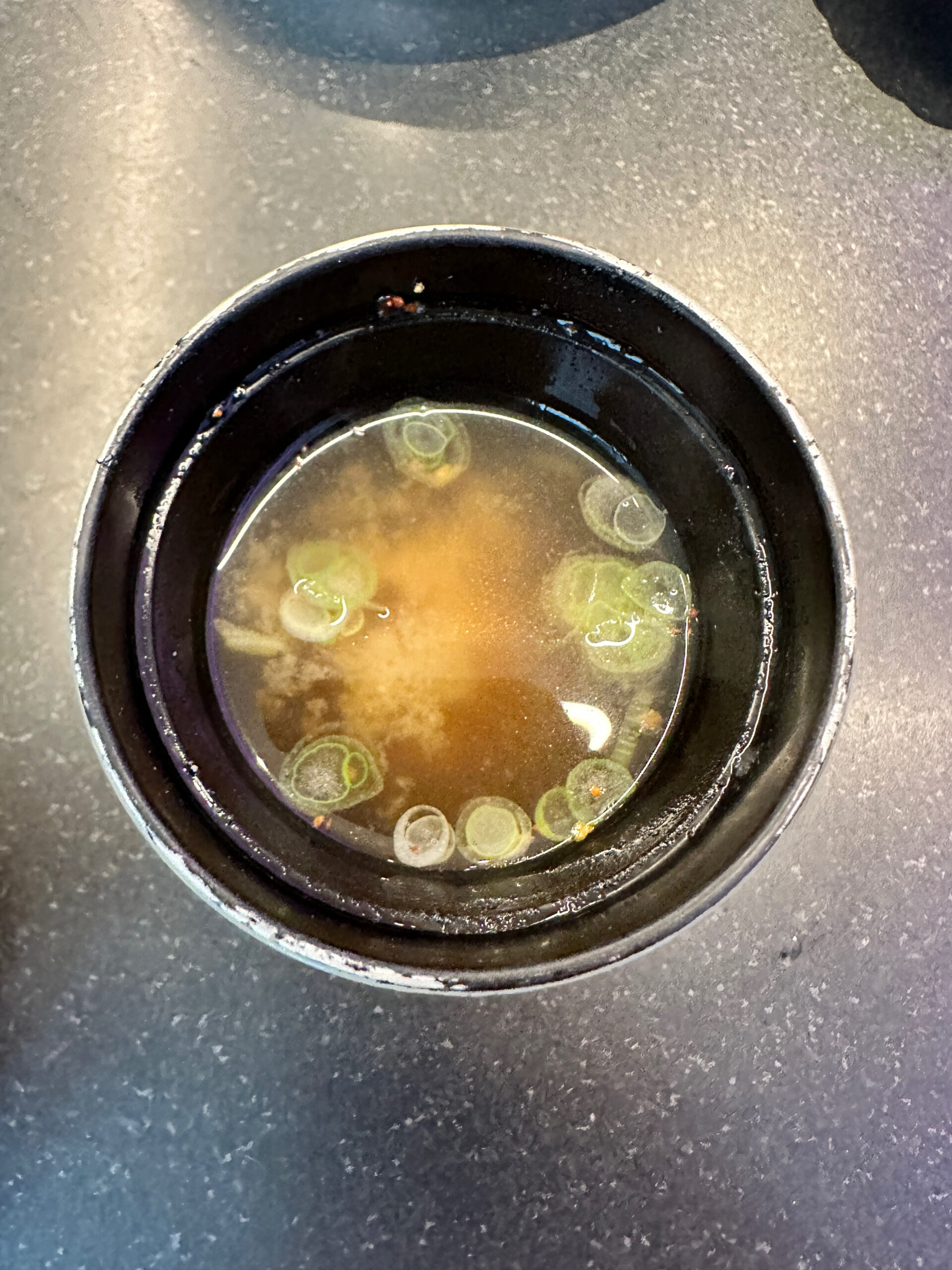
13: Miso Soup
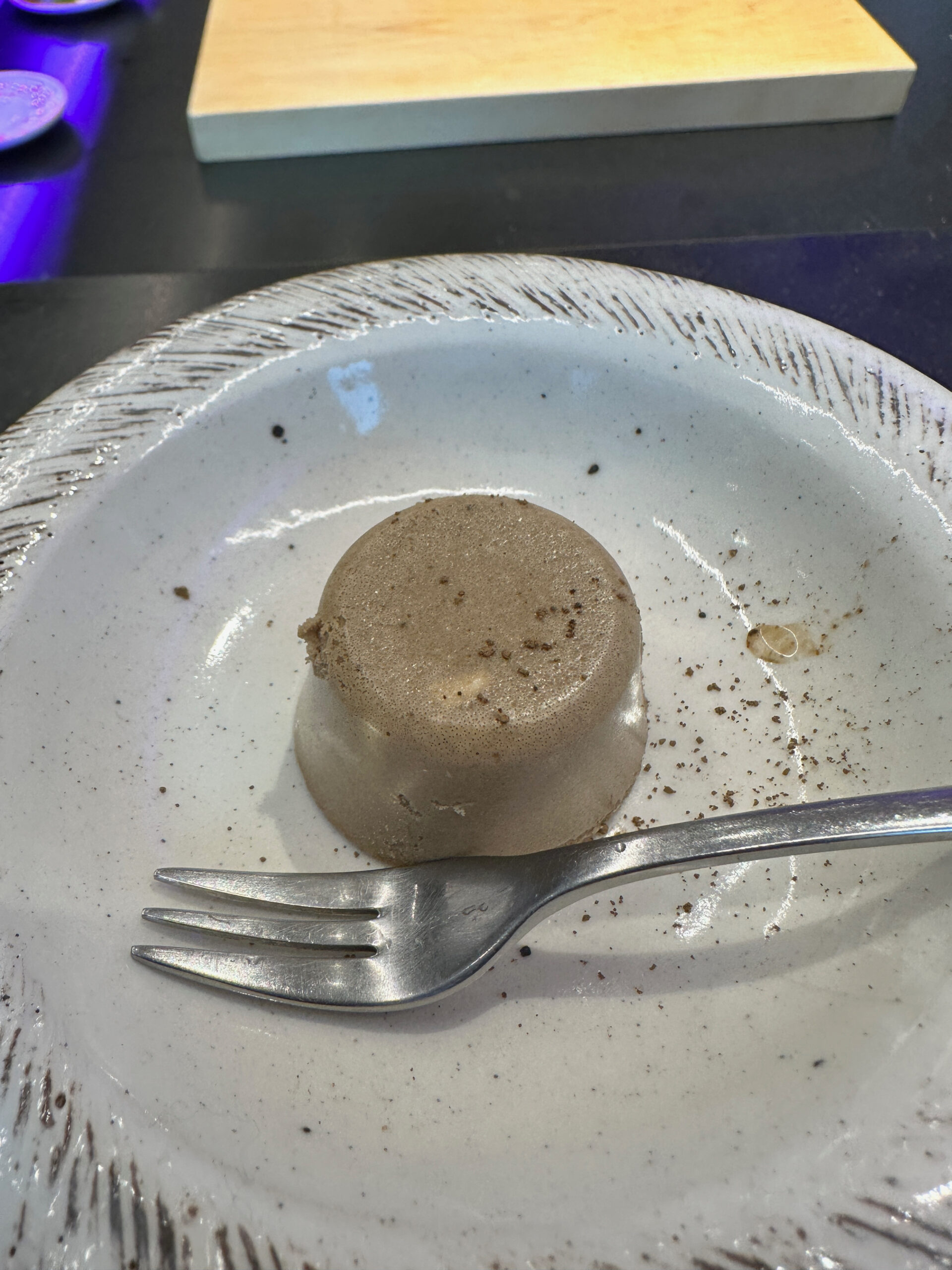
14: Hojicha Cheesecake
Completely unbiased google reviews call it “an authentic omakase experience without breaking the bank”
And I call it…not that. The $95 omakase is marketed at 14 courses, but that includes filler like cheesecake, miso soup and, yes, the chawanmushi sushi. It’s much more expensive than the revered Tachi, with fewer sushi courses.
As for authenticity, I don’t think 19th century sushi legend Hanaya Yohei was refilling Butane canisters between courses.
Perhaps for Toronto, a city, thankfully devoid of the chalkboard omakase, those blowtorched scourges of the sushi world are accepted.
But the Toronto I love is better than this.
Not recommended.
